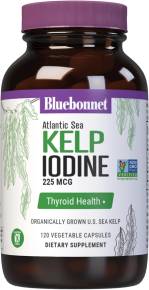“In vino veritas.”
This statement dates back to Roman times and translates to: “In wine, there is truth.” Modern scientific research proves that in wine, there is also health.
One Fruit, Many Health Benefits
Anti-Inflammatory Benefits of Red Wine
Red wine is made from red, purple, and black grapes, all of which contain anthocyanins. These anti-inflammatory compounds reduce swollen mucous membranes, providing relief for those with seasonal allergies.
Results of a 2015 study also suggest that wine made from red grapes could help burn fat and manage metabolic disorders such as a fatty liver.
Reservatrol and Wine
Resveratrol, a compound found in wines made from red grapes, may help prevent and fight infection. In a 2013 study, researchers found that resveratrol from red grapes had an impact on genes involved in immune system functions.
This compound is also linked to heart health. Studies note that resveratrol prevents arterial clotting, reduces blood pressure, and inhibits enzymes that contribute to heart disease.
Wine Contains Antioxidants
The dark color of the black grape hints at its antioxidant properties. The grape contains a high concentration of polyphenols. Polyphenols are common antioxidants in fruits linked to cardiovascular disease prevention.
White Wine for Electrolytes
A white wine is often made with grapes of a pale color, such as green. Green grapes supply electrolytes (minerals such as calcium, magnesium, potassium, and phosphorus) as well as vitamin A, C, and K.
The French Paradox
Coined by a French epidemiologist in the 1980s, the French Paradox refers to the low incidence of coronary heart disease in France, despite the high amount of cholesterol and saturated fat in the population’s daily diet. The current thinking is that the low rate of heart disease may be linked to the amount of wine the French drink.
While the jury remains out on the cause of this paradox, many doctors agree that if wine is consumed, it should be done in moderation with meals.





